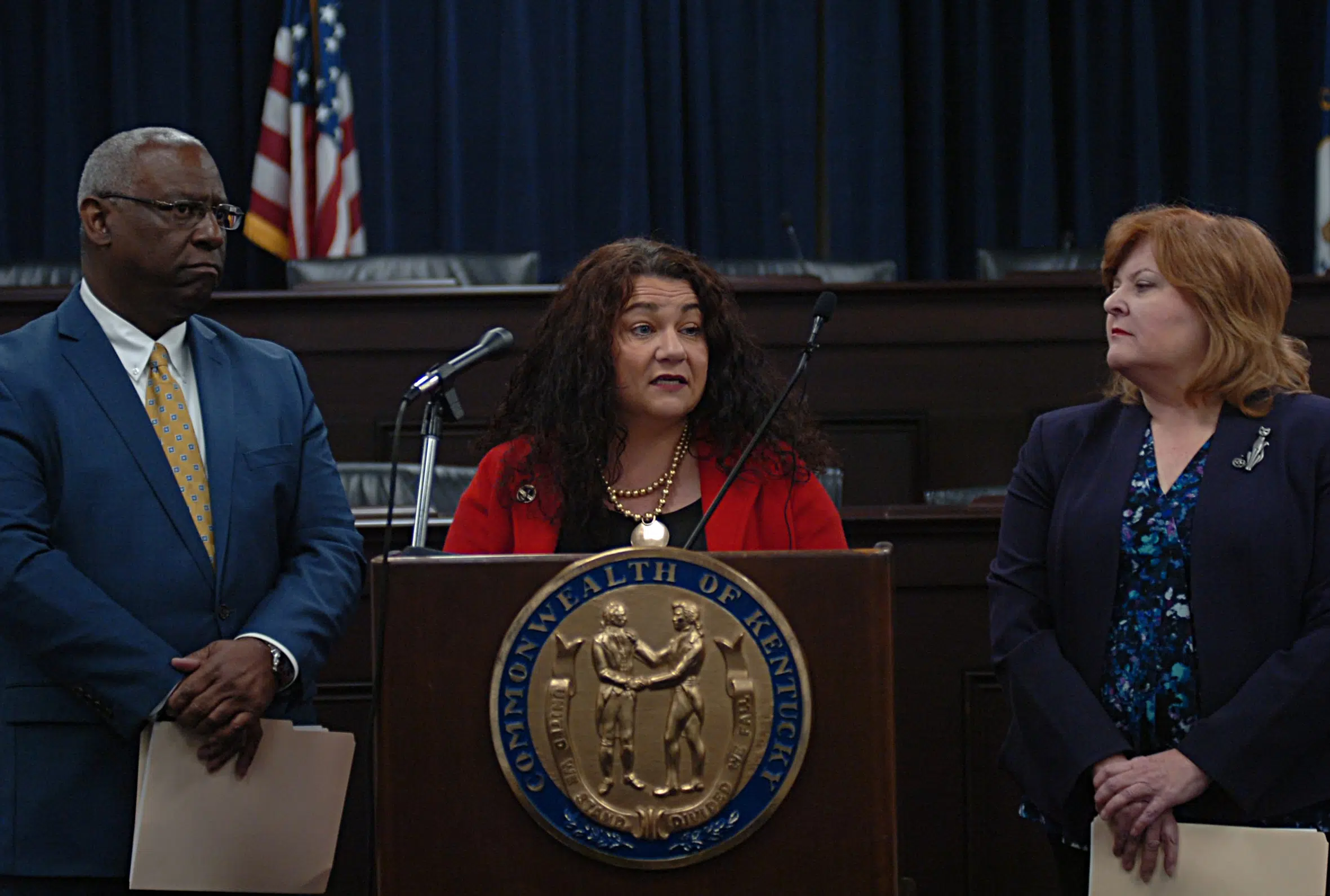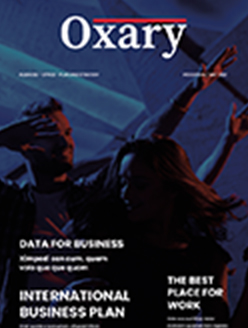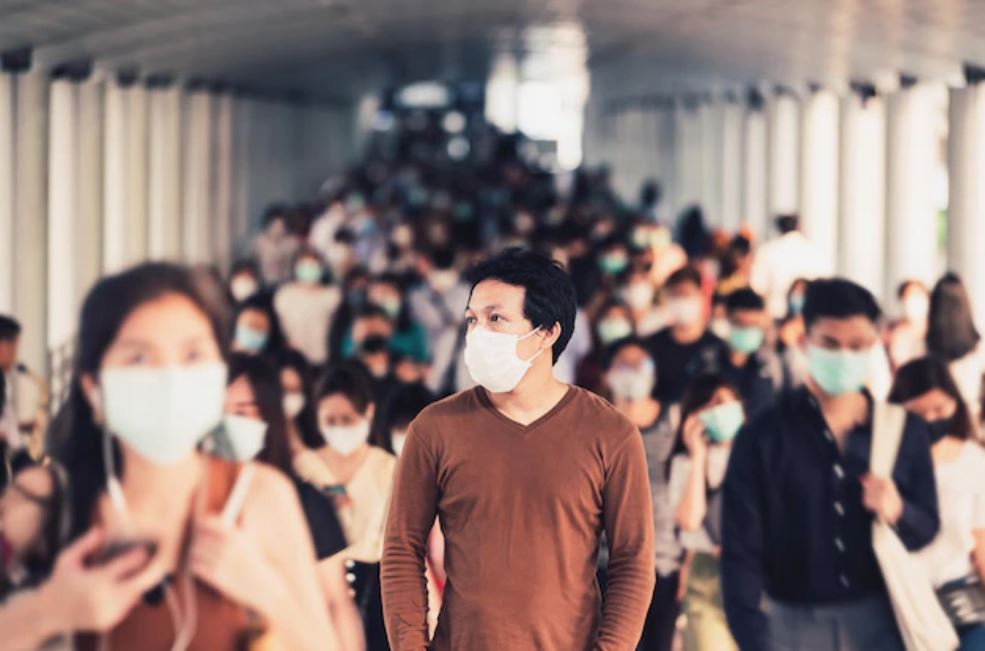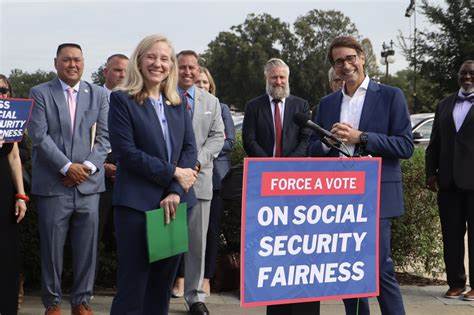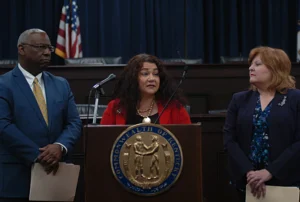A significant increase in walking pneumonia cases is emerging across the United States, with particularly concerning trends among children and low-income communities. This post-pandemic health challenge highlights ongoing disparities in healthcare access and the complex aftermath of COVID-19 social distancing measures.
Understanding the Surge
Current Statistics
- 2 million estimated annual infections
- Pediatric cases increased from 1.0% to 7.2% (ages 2-4)
- Youth cases rose from 3.6% to 7.4% (ages 5-17)
- Widespread underreporting likely
Post-Pandemic Context
- Sharp decline during COVID-19
- Dramatic increase post-social distancing
- Reduced immunity in young population
- Renewed social interaction impacts
Impact on Vulnerable Populations
Children
- Highest infection rate increase
- Limited pre-pandemic immunity
- School environment risks
- Developmental timing factors
Socioeconomic Factors
- Healthcare Access Barriers
- Insurance coverage disparities
- Limited sick leave availability
- Financial constraints
- Treatment delays
- Work-Related Challenges
- Limited workplace flexibility
- Income insecurity
- Childcare constraints
- Healthcare costs
Understanding Walking Pneumonia
Disease Characteristics
- Mycoplasma pneumoniae infection
- Respiratory tract damage
- Droplet transmission
- Extended symptom duration
Common Symptoms
- Fever
- Persistent cough
- Sore throat
- Breathing difficulties
- Potential chronic effects
Public Health Response
Prevention Strategies
- Enhanced monitoring
- Healthcare worker alerts
- Case cluster reporting
- Community education
- Healthy habit promotion
Healthcare Considerations
- Treatment accessibility
- Early intervention importance
- Complication prevention
- Long-term management
Expert Perspectives
Dr. Thomas Russo, University at Buffalo: “We emerged from the pandemic, people came out of their caves, and they were no longer isolated. We saw the bump in infections as people started to interact again.”
Dr. Ogbonnaya Omenka, Humana Indiana Pathways: “Like preexisting health conditions determine how diseases affect people, preexisting life situations determine how the population is affected by an event such as walking pneumonia.”
Moving Forward
Recommendations
- Regular health monitoring
- Prompt medical attention
- Workplace flexibility
- Healthcare access improvement
- Community support systems
Prevention Measures
- Good hygiene practices
- Social distancing when sick
- Environmental considerations
- Healthcare education
The surge in walking pneumonia cases represents a significant post-pandemic health challenge, particularly affecting young and economically disadvantaged populations. Addressing this crisis requires both immediate public health measures and long-term solutions to healthcare access disparities.
